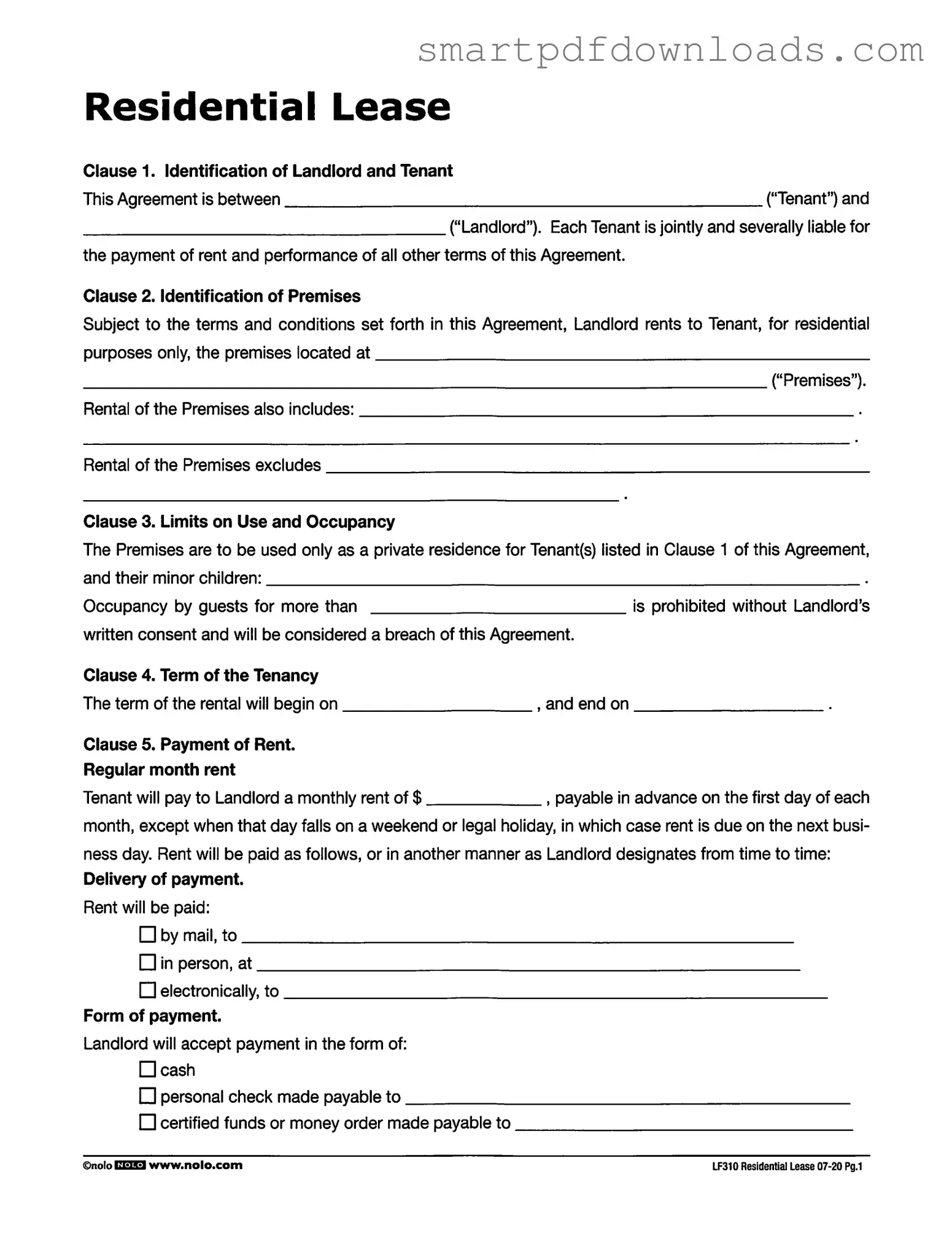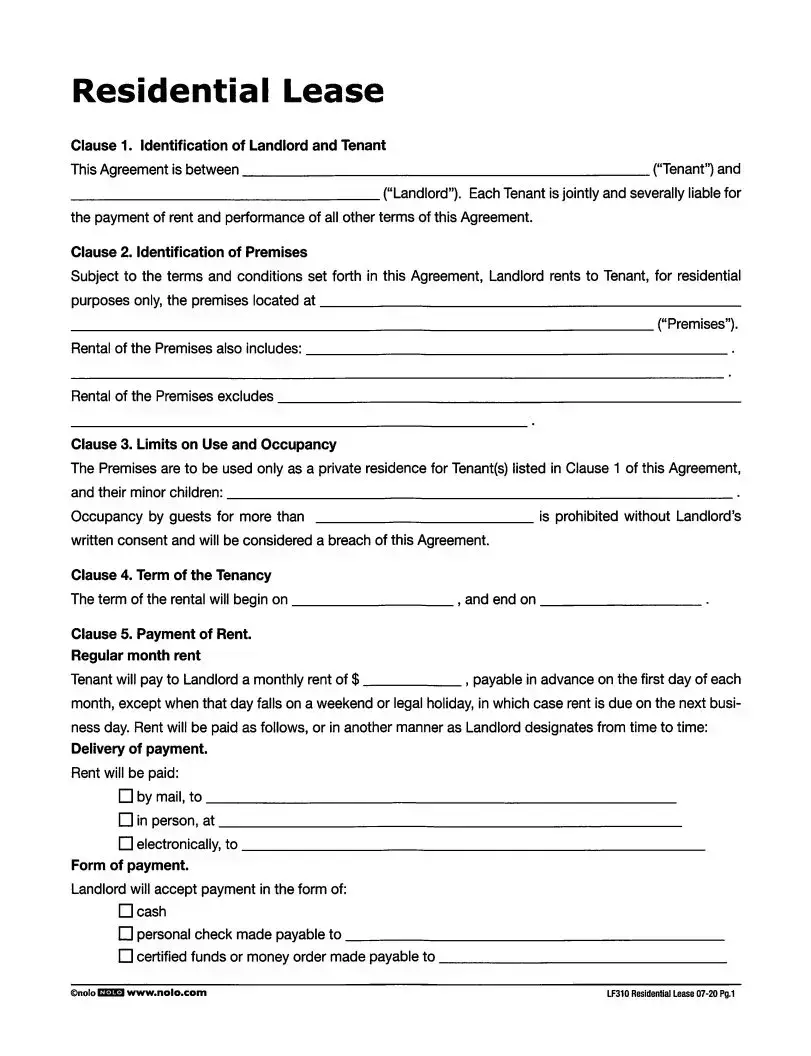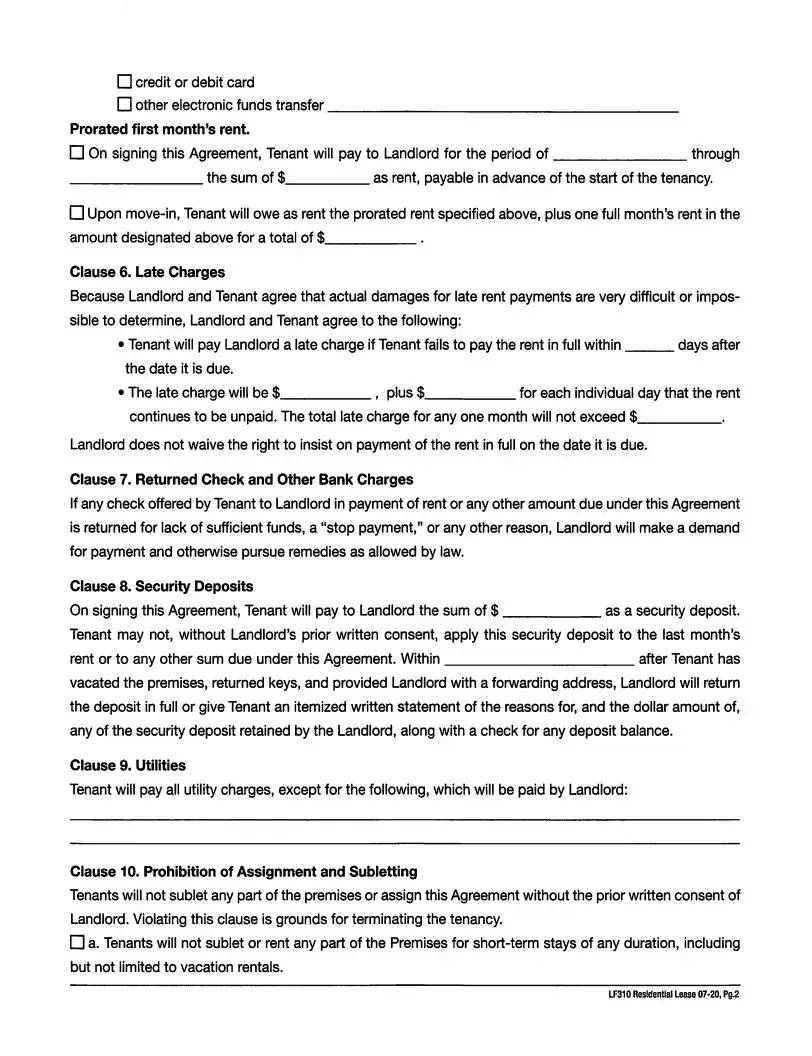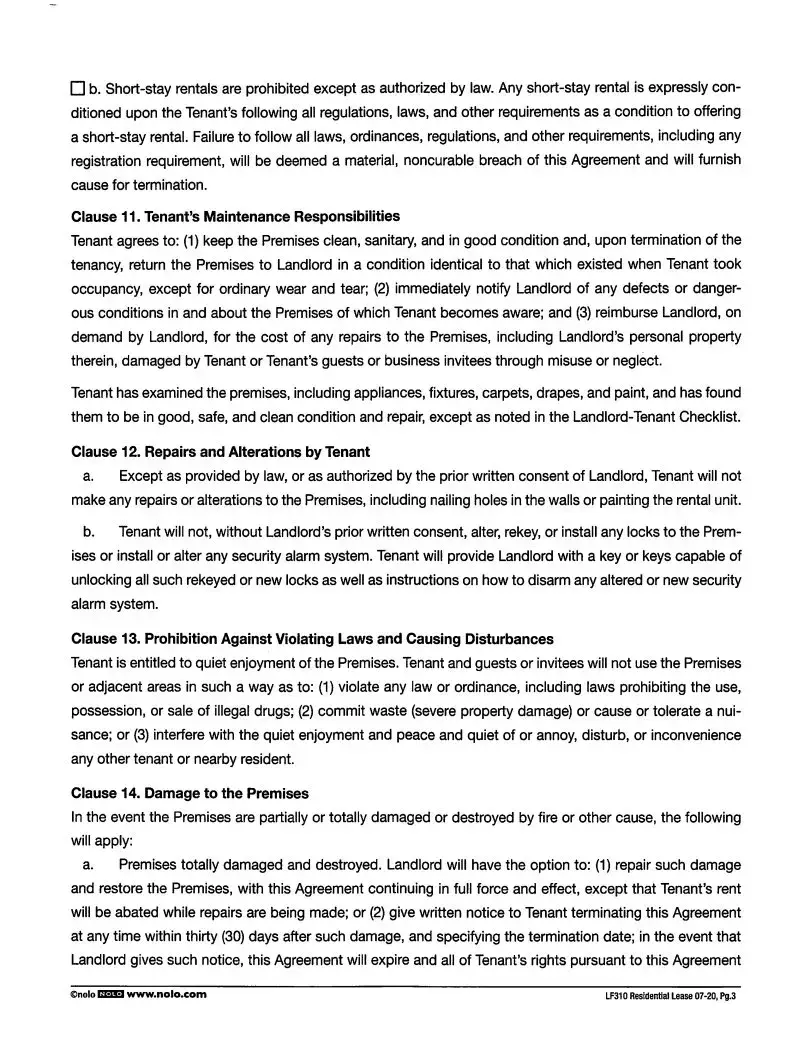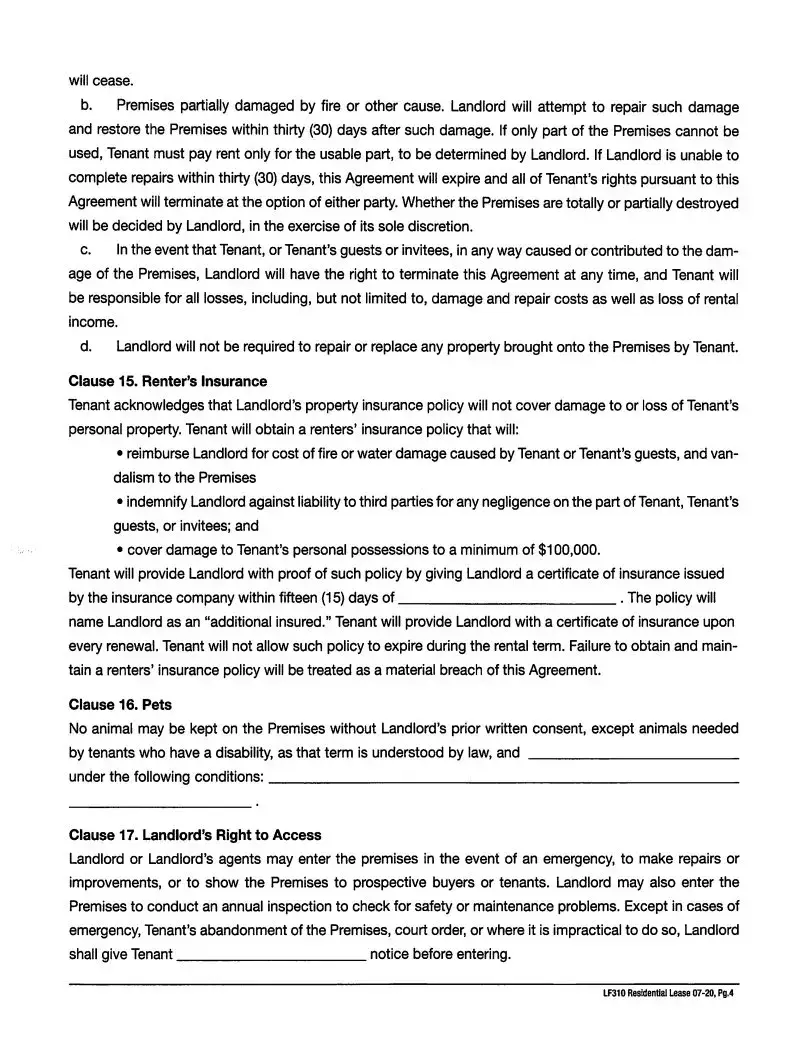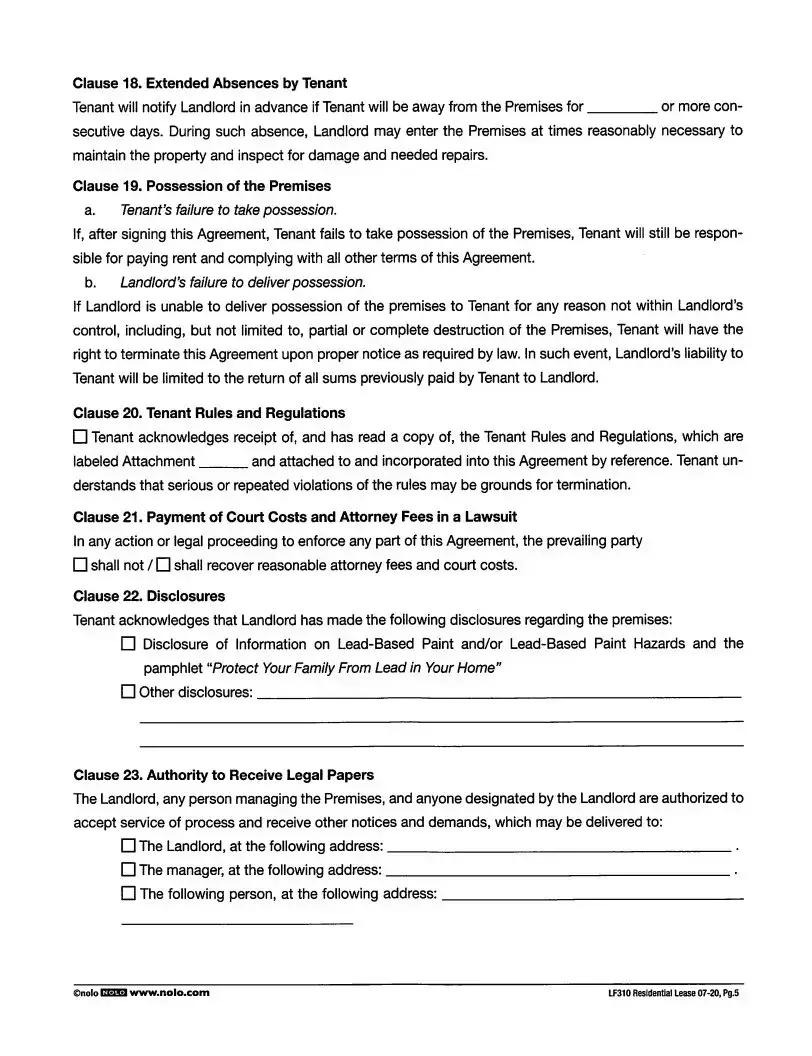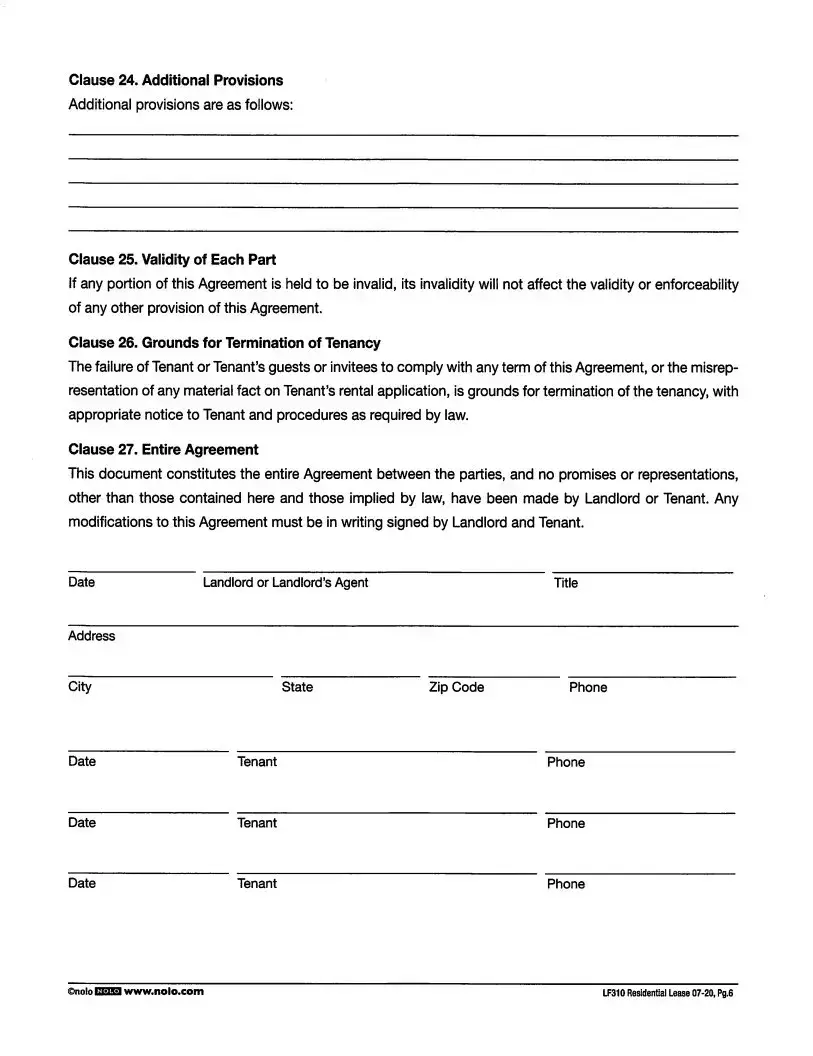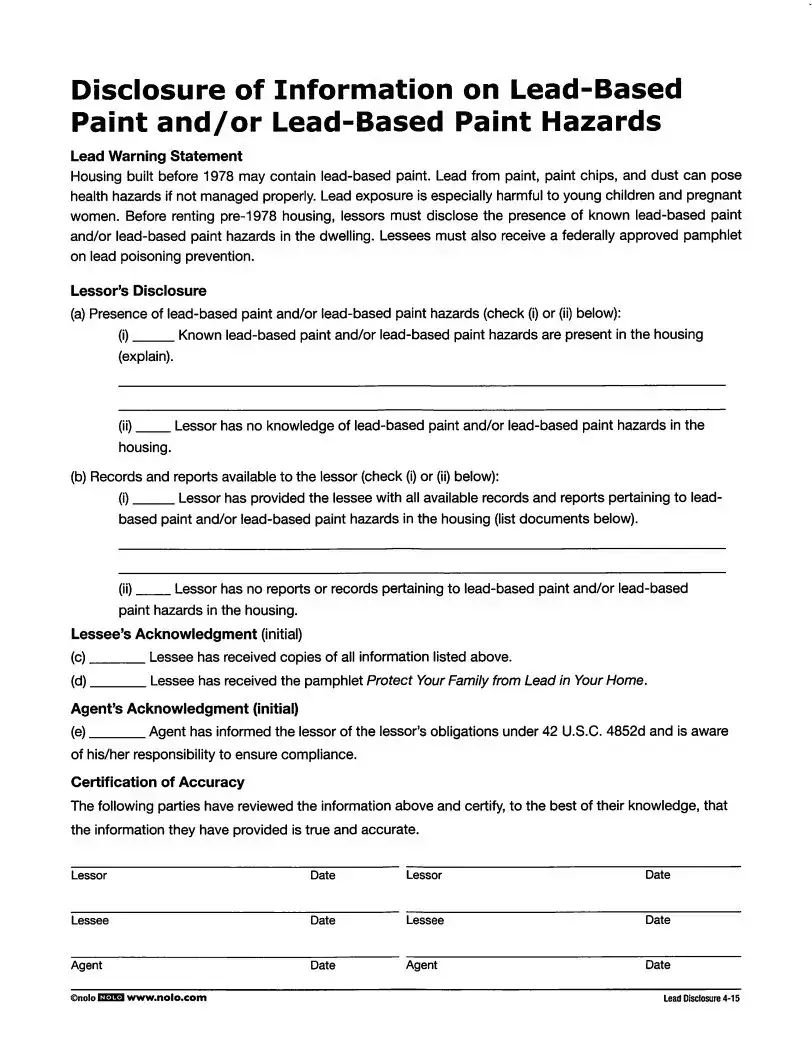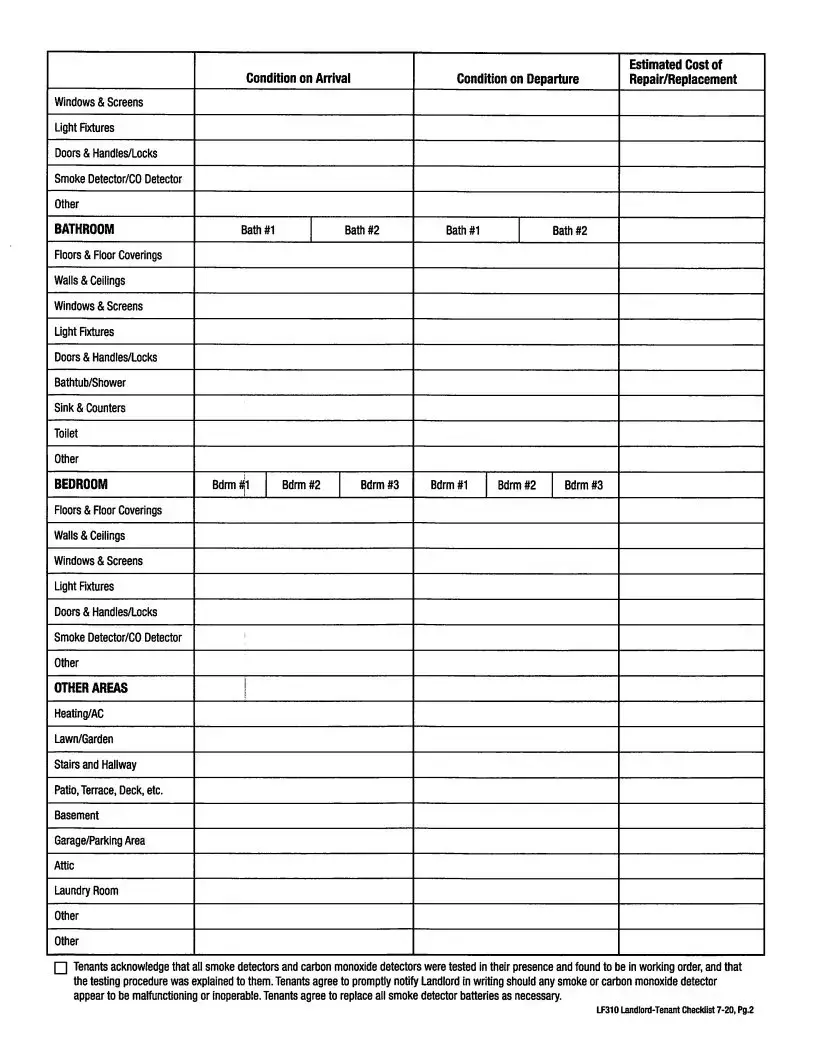Lf310 Residential Lease Form
The LF310 Residential Lease form is a legal document that outlines the terms and conditions governing the rental of residential property between a landlord and tenant. This form establishes essential details such as the identification of the parties involved, the premises being rented, and the obligations regarding rent payment and occupancy. Understanding the LF310 form is crucial for both landlords and tenants to ensure a clear and fair rental agreement.
Edit Lf310 Residential Lease Online
